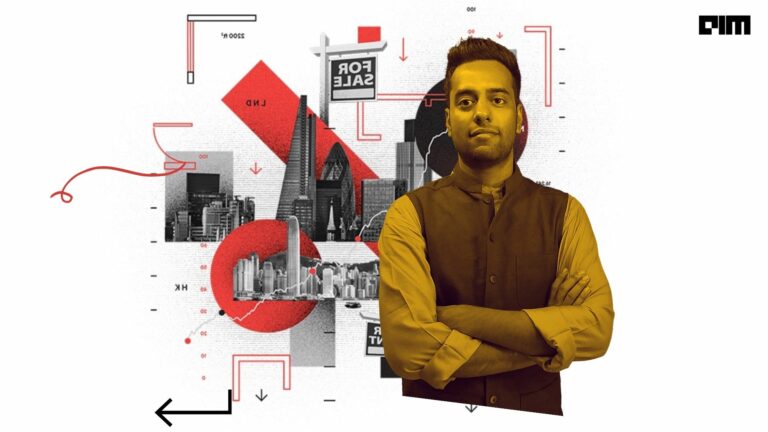Around 163 million people in India have no access to clean water. Further, water wastage in India is appallingly high at about 125 million litres a day. The numbers are worrying and show no sign of abating.
Meanwhile, developed nations are leveraging artificial intelligence to move closer towards sustainability goals. And India is catching up in a small way. Startups like Swajal, Uravu Labs, and Simply Smart Technologies are using AI/ML to address the water crisis.
Detecting leaks
Water wastage due to leakage can be reduced to a large extent using AI and IoT. For instance, researchers at the University of Waterloo have developed a technology to identify leaks in water pipes. The technology combines signal processing techniques and AI.
Hydrophone sensors, which can be installed easily in fire hydrants, record the acoustic signatures. “This would allow cities to use their resources for maintenance and repairs much more effectively,” lead researcher Roya Cody, a civil engineering PhD candidate at Waterloo, said.
Underground leaks can also be detected by employing geospatial intelligence from satellites. For instance, Israel’s Utilis has developed algorithms to analyse imagery from satellites. These algorithms use a specialised sensor called synthetic aperture radar (SAR). The radar system emits microwaves. “The bigger the aperture, the finer the image resolution. Good enough, in fact, for the algorithms to detect the signature of drinking water leaking underground,” according to a news report.
Limiting usage
Smart water meters today allow households to track consumption. Notifications can be sent when consumption reaches a threshold. For instance, Pune-based Simply Smart Technologies, gathers data from water meters and provides an infographic on the usage of water by houses in a locality.
WEGoT, a water conservation startup based out of Chennai, has developed a sensor, which can be installed in the pipeline of a commercial building. This provides data on water usage by each house. Each sensor comes with an ID and sends out real-time data through the app. This way, each house would know the exact amount of water consumed and pay accordingly instead of standardised overall bill. This in turn incentivises residents to save money and water.
Smart water meters, developed by Smarterhomes, lets the apartment community measure and charge individual flats on actual consumption. The meters are daisy-chained from one to the other, and send the data on water consumption to the cloud server through Nuclious, a GPRS gateway that sends the data from the meter to the server and vice-versa.
Forecasting groundwater reserve
Forecasting the groundwater depth is a method that can help in effective use of water in farming. A group of scientists used two different ML models to predict the depth — the wavelet-artificial neural network (WA-ANN) and the wavelet-support vector regression (WA-SVR) — at Ejina Basin located in inner Mongolia. According to a news report, “the researchers employed discrete wavelet transformation to decompose the data and meteorological inputs into approximations. They then embedded within their computations predictive features for high frequency and low-frequency waves.”
WA-SVR performed better than the WA-ANN model. Reportedly, this is the first time a set of hybrid AI models were used to predict groundwater depth in the Ejina basin.
Improving water quality
The deterioration of water quality is also a huge challenge leading to multiple health issues. More than two billion people are affected by contaminated water, according to World Health Organization data.
Leveraging AI, companies can detect contamination sources in pipes and send alerts to fix the same. For real-time monitoring of water quality, the government departments can also install IoT devices across water sources.
According to Microsoft AI Lab, “Clean water AI uses a deep learning neural network to detect dangerous bacteria and harmful particles in water. Drinking water can be seen at a microscopic level with real-time detection.” It also explains how clean water AI trains a neural network model and deploys it to edge devices that detect contamination.












































































